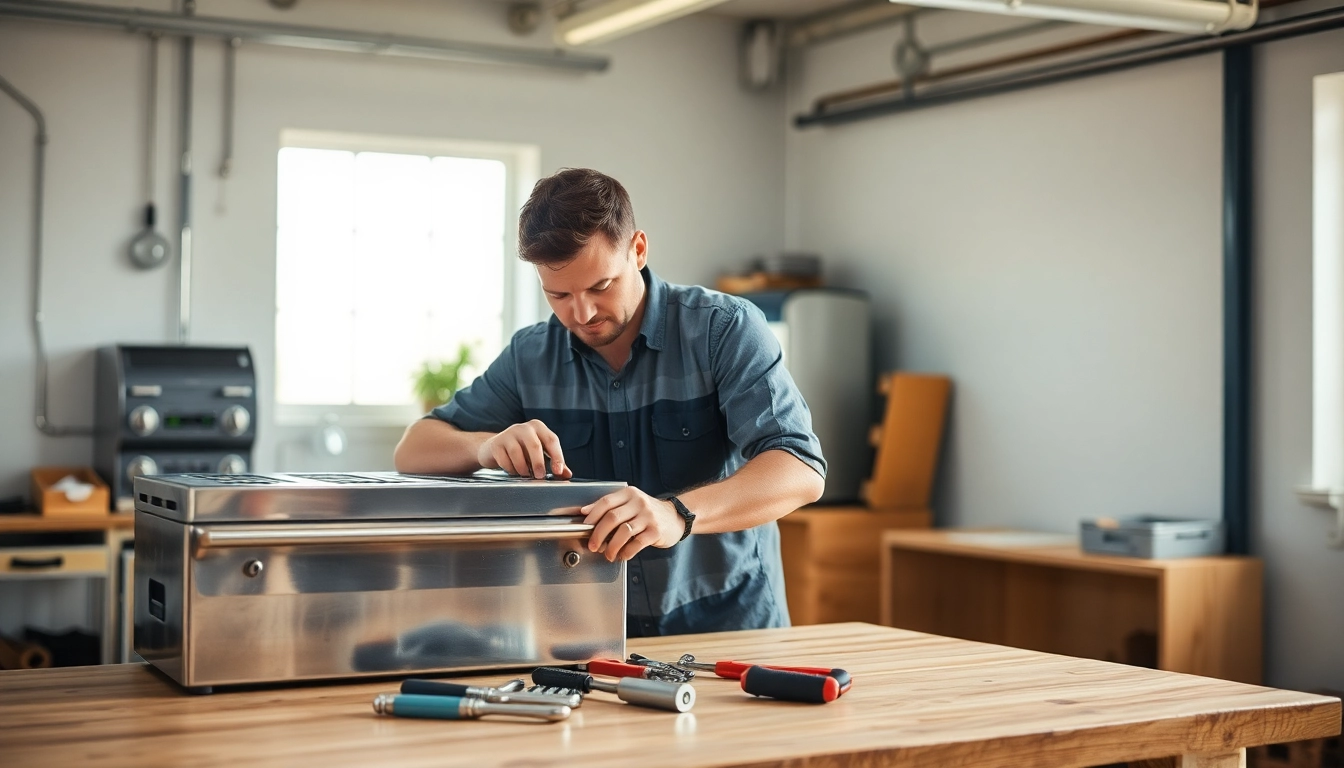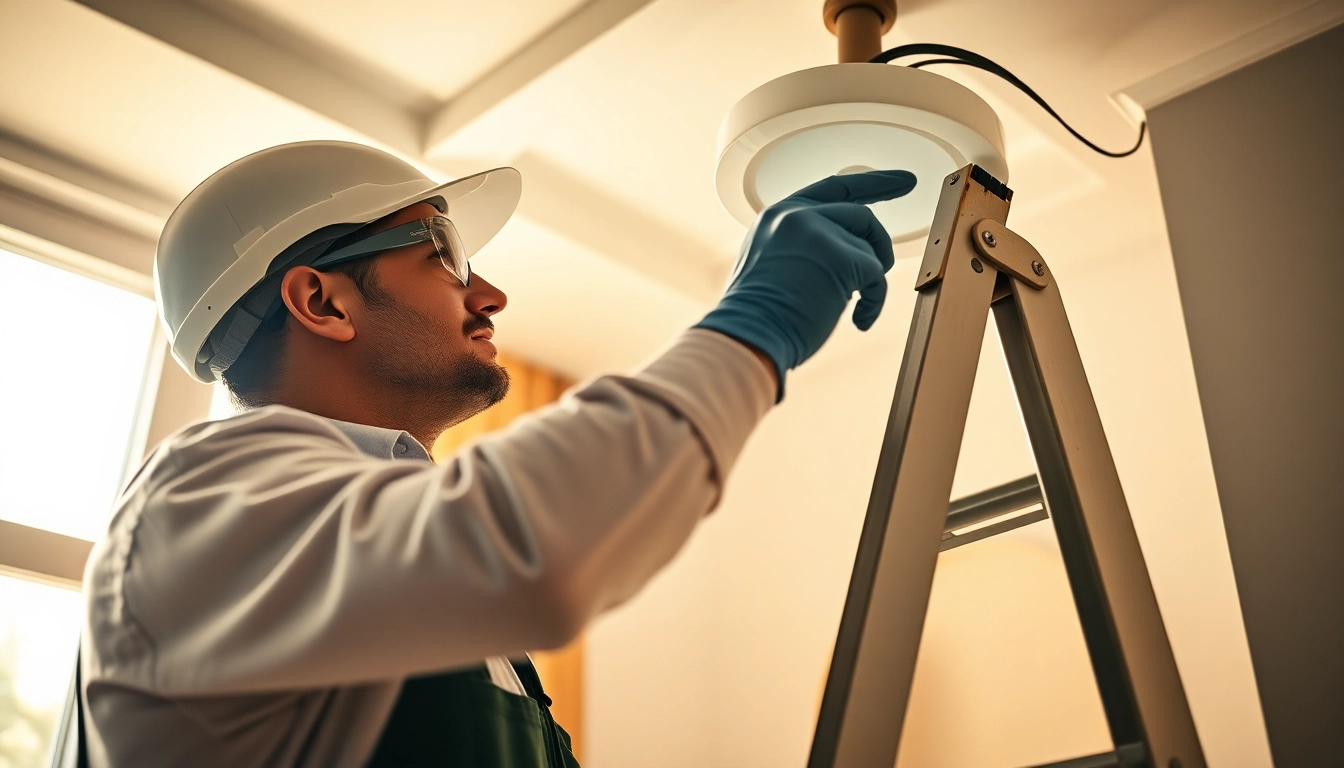Understanding Common Issues in Prep Table Repair
Prep tables are essential pieces of equipment in commercial kitchens, providing a vital space for food preparation. However, like any appliance, they are subject to wear and tears that can affect their performance. Understanding the common issues associated with prep tables can aid in identifying problems early and prevent costly repairs. You can start your prep table repair journey by familiarizing yourself with these problems.
Identifying Mechanical Failures
Mechanical failures in prep tables can occur due to various reasons, leading to inefficient operation. One of the most common mechanical issues is the failure of moving parts such as hinges, sliding drawers, or internal components that impact the functionality of the table.
To identify these failures, it’s essential to perform regular checks. Look for signs of wear, listen for unusual sounds during operation, and monitor the smoothness of movement in drawers and doors. For instance, if a drawer sticks or a door fails to close properly, it may indicate a mechanical problem that requires immediate attention.
Recognizing Cooling Problems
Cooling issues are prevalent in refrigerated prep tables. If the table isn’t maintaining the correct temperature, it can jeopardize food safety and quality. Common cooling problems include dirty condenser coils, faulty thermostats, and issues with the refrigerant system.
To troubleshoot cooling issues, check the temperature settings and ensure the condenser coils are clean and free of obstructions. If the problem persists, it might be necessary to consult a refrigeration technician to examine the refrigerant levels and compressor function.
Common Usage Mistakes Affecting Performance
Usage habits can significantly affect the performance and longevity of a prep table. For instance, overloading a table can strain its components, leading to premature failure. Using harsh cleaning products can also cause damage to surfaces and machinery.
Educating kitchen staff about proper usage techniques and implementing cleaning protocols that are safe for the materials of the prep table can help mitigate these issues. Regular training sessions may be beneficial in promoting good practices and extending the life of your equipment.
Step-by-Step Guide to Undertaking Basic Repairs
Basic repairs can often be performed in-house, saving time and reducing costs. Below is a guide on how to approach these repairs safely and effectively.
Preparing Your Tools and Workspace
Before embarking on any repairs, gather the necessary tools, which may include screwdrivers, pliers, a multimeter, and cleaning supplies. Ensure your workspace is clean and organized to facilitate a smooth repair process, preventing any hardware loss and making the task more efficient.
Executing Simple Repairs
Many prep table problems can be fixed with moderate DIY skills. For example, replacing worn out seals on doors or lubricating moving parts can often be performed without needing professional assistance. When encountering issues like a non-functional thermostat, make sure to follow the manufacturer’s guidelines to avoid damaging the unit further.
When to Call a Professional for Help
While custom repairs can save on costs, some issues should be handled by professionals. If you encounter electrical problems, refrigerant leaks, or any issues requiring specialized knowledge, it’s best to contact a certified technician. Attempting these repairs could lead to further damage or safety risks.
Maintenance Strategies for Long-Lasting Prep Tables
Regular maintenance is key to prolonging the life of your prep table. Implementing consistent cleaning and maintenance strategies can mitigate issues before they become more significant problems.
Daily Cleaning Routines
Food preparation areas need to maintain a high standard of cleanliness to ensure food safety. Daily cleaning routines should involve wiping down surfaces, removing food debris, and checking for any spills or leaks. Utilizing proper sanitization techniques is crucial.
Regular Maintenance Checks
In addition to daily cleaning, schedule regular maintenance checks. This includes inspecting electrical components, checking for wear and tear on seals and gaskets, and ensuring the cooling system operates effectively. Setting up a maintenance calendar can help keep you on track.
Seasonal Deep Cleaning Techniques
Seasonal deep cleaning should consist of a thorough inspection and cleaning of all components, including condenser coils, fans, and interior surfaces. This cleaning ensures optimal performance and can help you identify issues early.
Choosing the Right Parts for Prep Table Repair
When replacing parts on your prep table, choosing the right components is crucial. Authentic replacement parts maintain the integrity of your equipment and ensure continued performance.
Identifying Authentic Replacement Parts
Always opt for parts recommended by the manufacturer or trusted suppliers. Imitation parts can lead to further issues and may void warranties. Check the part numbers and specifications against manufacturer guidelines to be sure of compatibility.
Understanding Costs Associated with Repairs
The costs associated with prep table repairs can vary widely based on the type of repair needed, parts required, and labor costs. Budgeting for repairs is essential and can involve setting aside funds regularly for maintenance and unexpected breakdowns.
Top Suppliers for Prep Table Components
Depending on your geographical location and needs, various suppliers can provide you with reliable components for your prep table. Research local suppliers or reputable online vendors known for commercial kitchen equipment and parts. It’s also worth reviewing customer feedback regarding their experiences to make an informed decision.
Enhancing Efficiency with Upgraded Prep Tables
Sometimes, repairing an old table may not be the most efficient course of action. Investing in upgraded prep tables can bring significant benefits, including improved efficiency and reducing overall maintenance costs.
Investing in Modern Technology
Modern prep tables come equipped with advanced technology that can enhance food safety and staff productivity. Features might include energy-efficient cooling systems, self-diagnostic tools, and digital temperature monitoring, allowing for real-time tracking and reduced energy consumption.
Leveraging Efficiency in Food Prep
Newer models of prep tables are designed for ergonomic efficiency, with improved layouts that facilitate better workflow in kitchen operations. Understanding how to leverage these efficiencies can offer significant time and cost savings across food preparation processes.
Success Stories from Upgraded Kitchens
Many establishments report increased efficiency and reduced downtime following the integration of upgraded prep tables. Conduct interviews and case studies within your network to explore how modern solutions have positively impacted operational effectiveness.















Leave a Reply